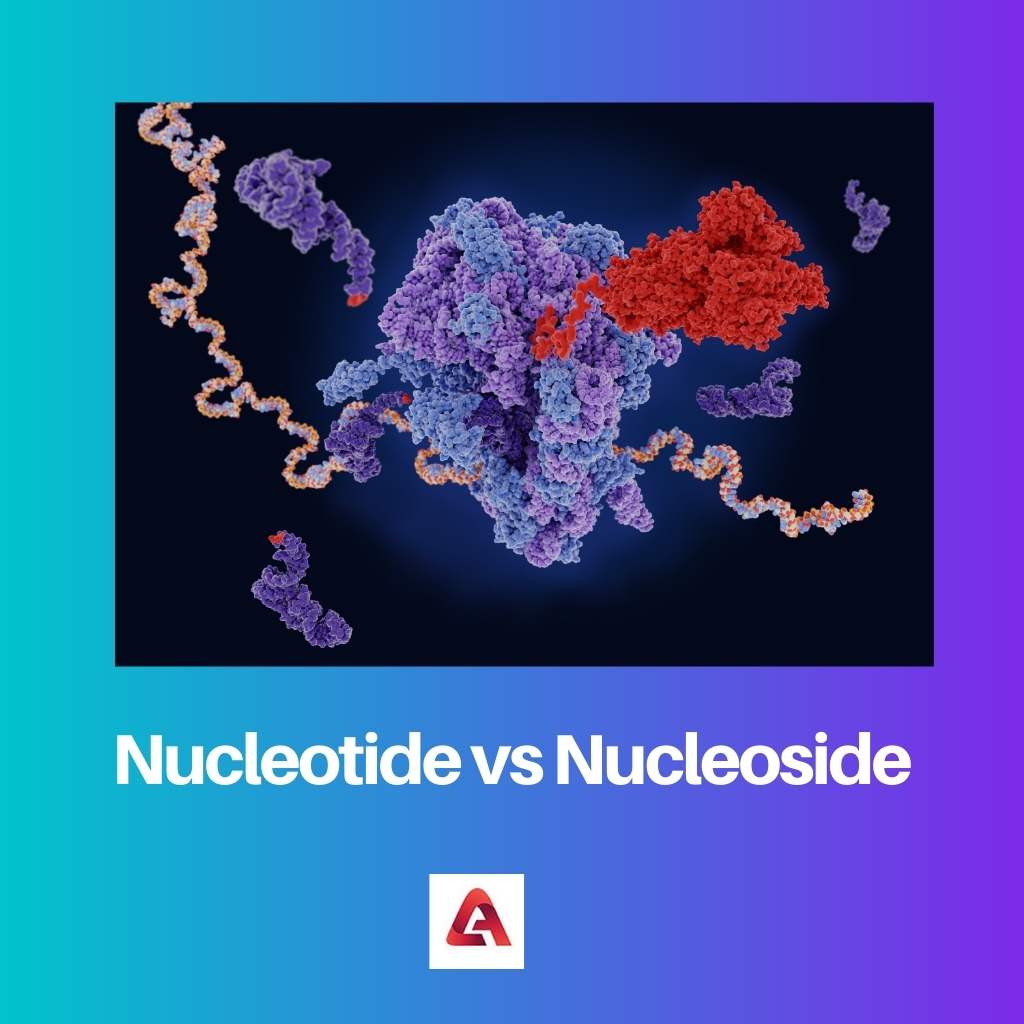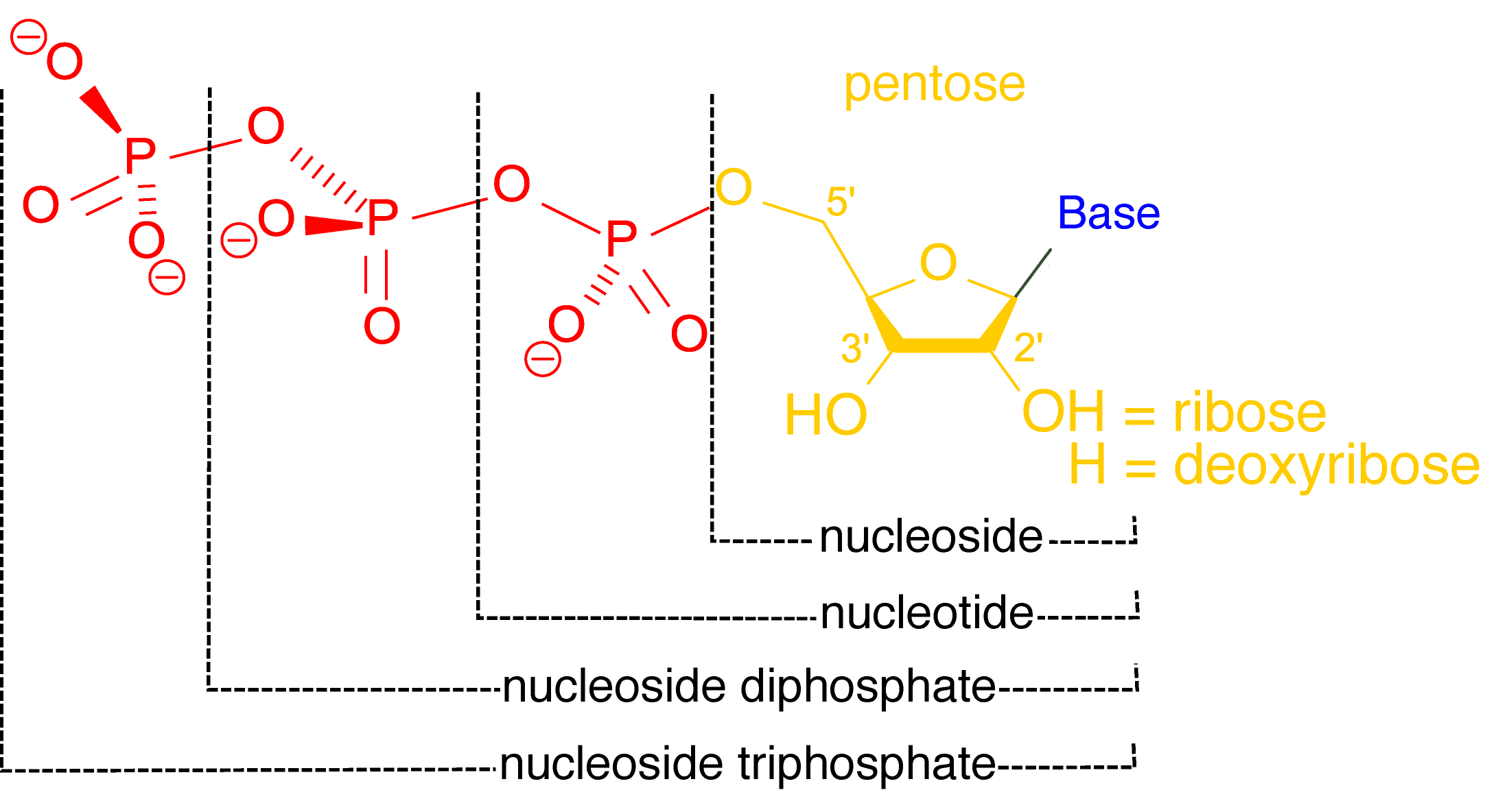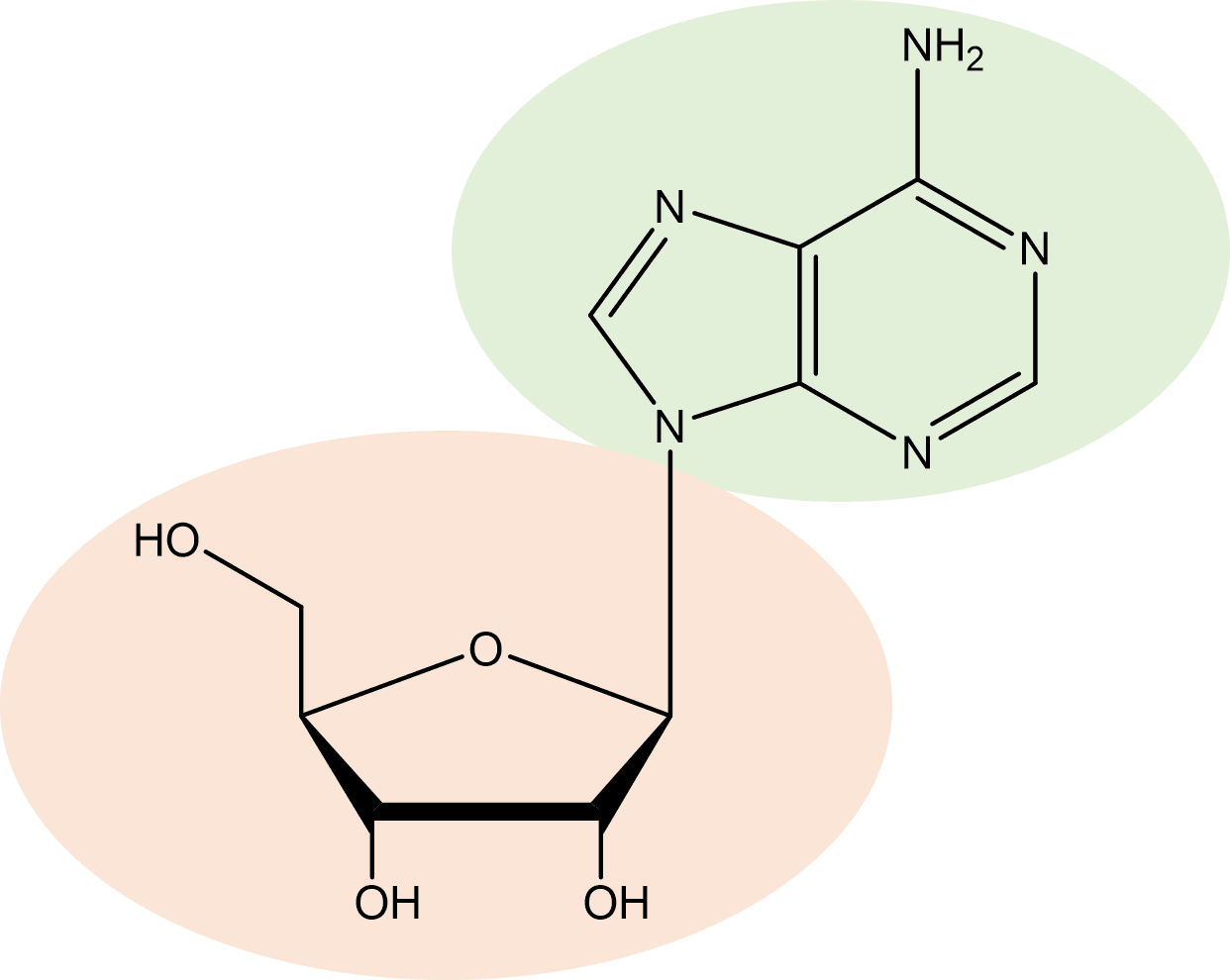Nucleotides and Nucleosides are important building blocks of nucleic acid production. While we say this, Nucleotides are the building blocks, whereas Nucleosides are the structural subunits of nucleic acids such as RNA and DNA.
Key Takeaways
- Nucleotides consist of a nucleoside, phosphate group, and nitrogenous base, while nucleosides only include a nitrogenous base and sugar.
- Nucleotides form the building blocks of DNA and RNA, whereas nucleosides serve as precursors for nucleotide synthesis.
- Nucleotides participate in various cellular processes, including energy transfer and signaling, while nucleosides primarily function in nucleic acid synthesis.
Nucleotide vs Nucleoside
Nucleotide is the foundation on which DNA and RNA formation is built. It is a common component of genetic materials, and any malfunction causes cancer. Nucleoside takes place after the Nucleotide has initiated its process for the formation of genetic material, and they serve as anti-cancers.

A Nucleotide is a basic component essential for genetic material formation. Any malfunction occurring in Nucleotides causes cancer.
Nucleosides are the subunits in the formation of RNA and DNA. They are composed of nucleobase and five-carbon sugar. They are essential in the process of biosynthesis of macromolecules and the signalling of cells through receptors.
Comparison Table
| Parameters of Comparison | Nucleotide | Nucleoside |
|---|---|---|
| Definition | A nucleotide is the building block of nucleic acid. It has sugar molecules attached to the nitrogenous base and the phosphate group. | A nucleoside is a subunit in the formation of nucleic acid, it is included in the Nucleotide. They are the monomeric units in RNA and DNA. |
| Chemical structure | A nucleotide is composed of a nitrogenous base, one or three phosphate groups, and a sugar base. | A nucleoside is composed of a nitrogenous base attached to the sugar group without the phosphate group. |
| Role in nucleic acid | One nucleotide forms covalent bonds with other nucleotides to form a strand of nucleic acid. | Nucleoside involves in the phosphorylation process to form Nucleotides. |
| Uses | Malfunction of Nucleotides causes cancer due to the accumulation of DNA. | A nucleoside is used as an anticancer and antiviral agent. |
| Examples | Uridine monophosphate, Guonosine monophosphate, Thymidine monophosphate, Adenosine monophosphate, Cytidine monophosphate. | Uridine, Guonosine, Thymidine, Adenosine, and Cytidine. |
What is Nucleotide?
A nucleotide is the building block of nucleic acid in the process of DNA and RNA formation. They perform various functions like metabolism enhancement, enzyme reactions, and cell signalling during the process of the formation of nucleic acid.
A nucleotide is formed of three components, and they are the nitrogenous group, the phosphate group, and the five-carbon sugar molecule. There are four types of nitrogenous bases included in the formation of DNA.
Nucleotide performs various other functions apart from storing genetic information. They are moving energy particles and messengers.
Nucleotides follow a double helical structure in the human DNA model, which Watson and Crick’s Model proposed. A single nucleic acid strand is formed using covalent bond formation between two or more Nucleotides.

What is Nucleoside?
Nucleosides are the subunits of nucleic acid formation in DNA and RNA. It is composed of a nucleobase and a five-carbon sugar.
Nucleoside and ribose sugar combine to form ribonucleoside, whereas deoxyribonucleoside is formed during the interaction of a Nucleoside and deoxyribose sugar.
A nucleoside is used in various human body operations such as biosynthesis of macromolecules, cell signalling operation, intermediary metabolisms, and also as antiviral, anticancer agents in medicine.
There are several structures of Nucleosides found, such as nitrogenous compounds, sugar, and its identities, size of the ring of the atoms present in sugar molecules based on the attachment between the sugar and nitrogenous components. Nucleosides produced by molds or fungi are known as puromycin.

Main Differences Between Nucleotide and Nucleoside
- A nucleotide combines with other nucleotides forming a single strand of nucleic acid, whereas nucleoside forms nucleotides during the process of phosphorylation.
- A nucleotide consists of Uridine monophosphate, Thymidine monophosphate, Adenosine monophosphate, and Cytidine monophosphate, whereas a nucleoside is composed of uridine, guanosine, thymidine, adenosine, and cytidine without the monophosphate group.



